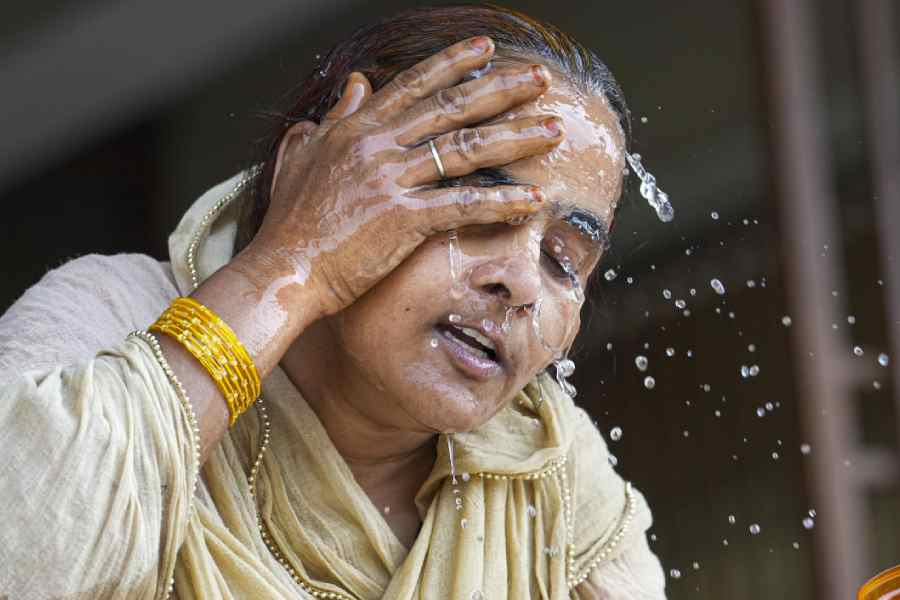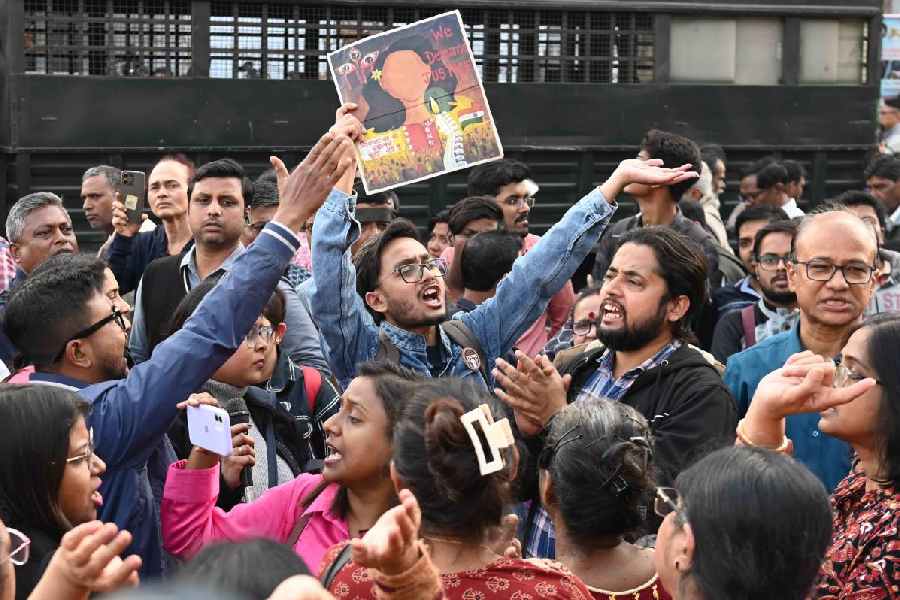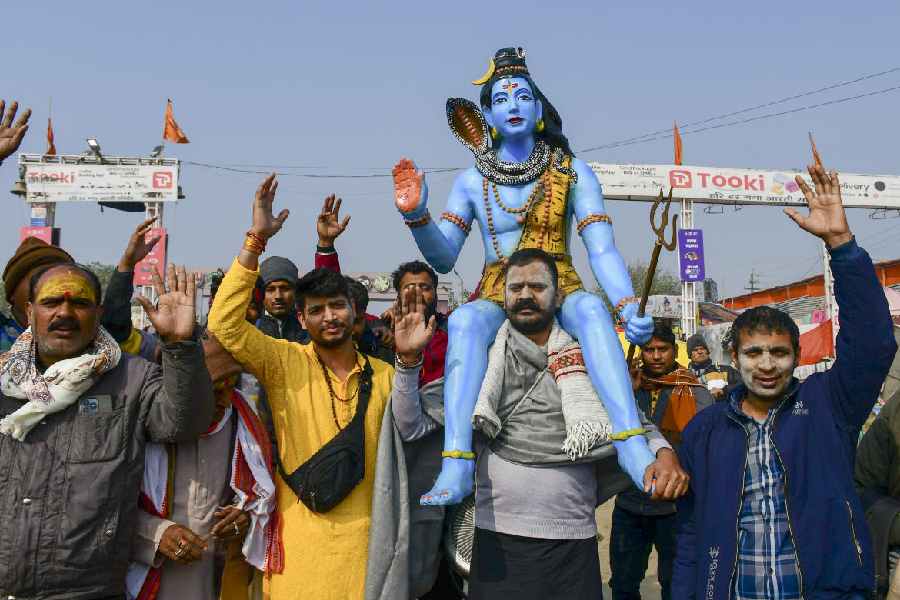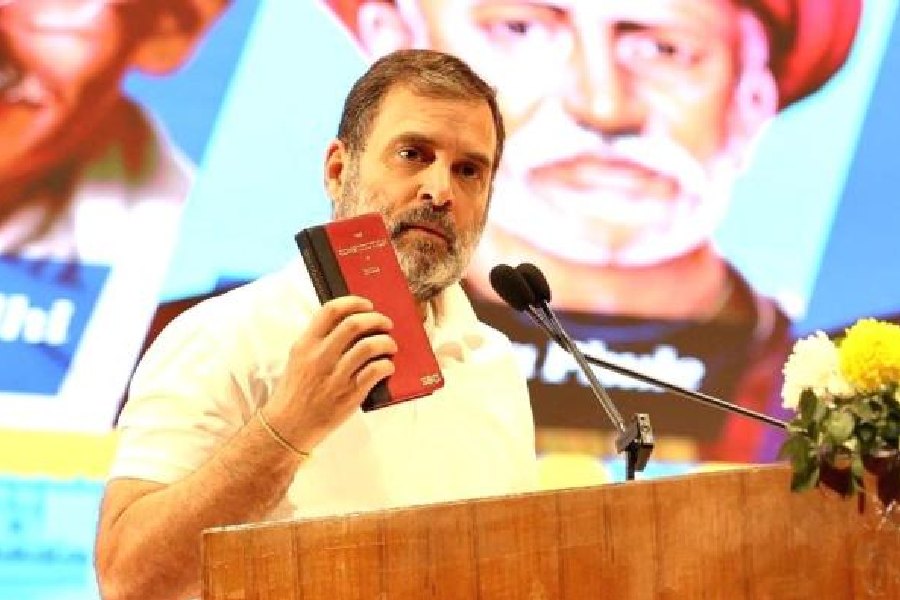Over 90 per cent of India’s land area experienced heatwave conditions that lasted six to 16 days during May, a month that weather scientists say was marked by one of the most widespread heatwaves ever documented.
A new map released by the India Meteorological Department (IMD) has shown that heatwaves gripped 27 of the country’s 36 meteorological subdivisions during May, sparing only the northeastern states and western coastal regions.
A nationwide disease and illness surveillance network maintained by the Union health ministry’s National Centre for Disease Control has recorded over 19,000 suspected heat stroke cases, including 46 confirmed heat stroke deaths, between May 1 and May 30.
Western Rajasthan, an arid region dominated by the Thar desert, had 16 days marked by heatwaves, defined by the IMD as days on which the maximum temperature exceeds 4.5°C from the long-term average for that region. The maximum temperature in Churu, a town known as a gateway to the Thar, had touched 50.5°C on Saturday, marking the highest maximum for this summer season.
“We’ve had slightly higher maximum temperatures in western Rajasthan in the past, but the geographic extent and the duration of the heatwave across the country this year distinguishes it from earlier years,” a weather scientist who requested anonymity said. “What we’re seeing is quite unprecedented.”
Eastern Rajasthan had 14 days of heatwaves, the second worst hit state measured in terms of the heatwave duration, followed by Haryana, Chandigarh and Delhi with 12 days. Uttar Pradesh had 10 days of heatwave conditions, while Bengal had five days.
Scientists have attributed the long heatwave to a persisting anti-cyclone — a large mass of wind with a flow reverse to that in a cyclone — over central India and strong dry northwesterly winds that, one scientist said, made the temperatures rise “higher and higher”.
Earlier studies have suggested that the frequency and duration of heatwaves in India’s central and northwestern regions will rise significantly by four to seven extra heatwave days per decade.
“The heatwave we’ve seen over the past month is a taste of things to come in future years too,” said Suman Mor, professor of environmental sciences at Panjab University, Chandigarh, and co-author of a research review of heat wave trends in the country.
The review by Mor and her colleagues, published in the journal Heliyon earlier this year, had predicted that the likelihood of heatwaves “would increase dramatically in the near future for all districts” under intensified global warming.
The nationwide surveillance data from the NCDC has also recorded 605 confirmed cardiovascular deaths between May 1 and May 30. Experts say it is unclear yet what proportion of those deaths might have been triggered by exposure to extreme heat.
A multi-city study of heatwave mortality conducted by scientists at the Centre for Chronic Disease Control, New Delhi, had found that longer and more intense heat waves are linked to an increased mortality risk from all causes.











